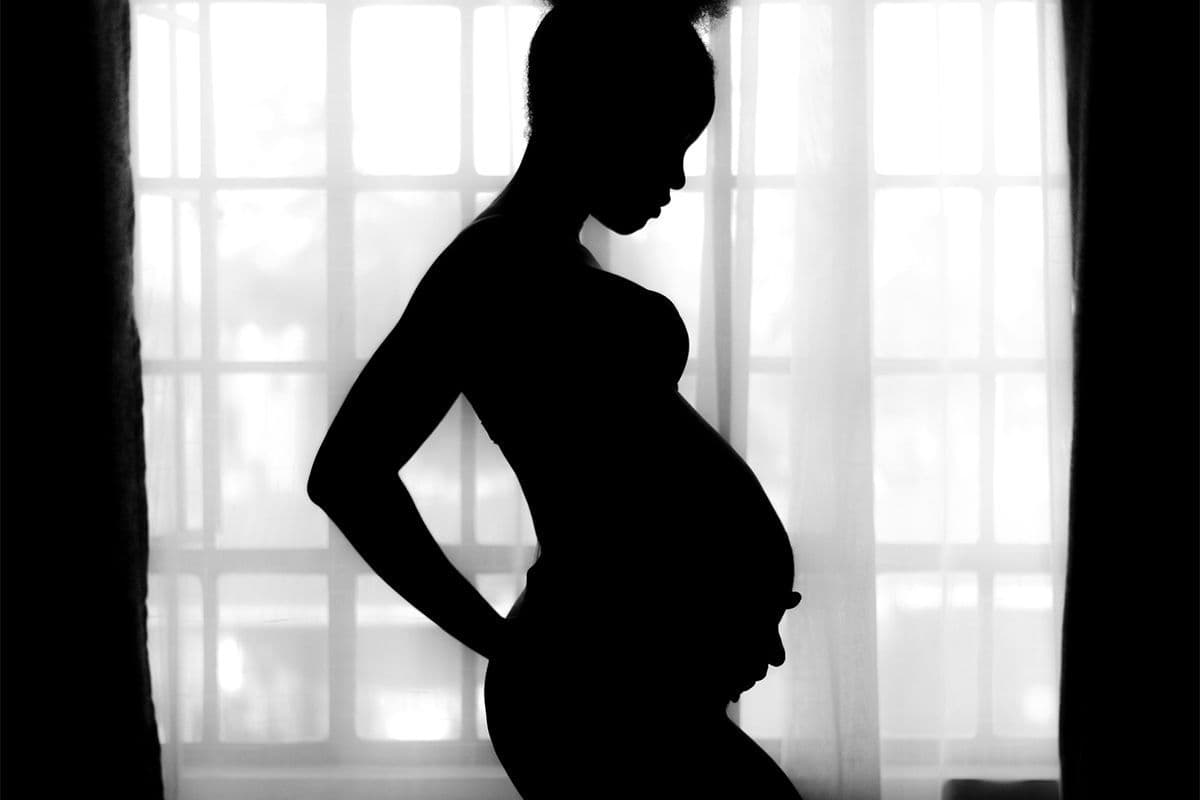How to Fly Safely During Pregnancy in 12 Steps
Pregnancy Safety
Obie Editorial Team
Flying during pregnancy in and by itself is not dangerous and does not increase pregnancy complications. Read on to find out how to make flying during pregnancy safer in 12 steps.
- Gestational limitations. There are usually no limitations during the first and second trimester of pregnancy regarding flying. However, once the third trimester arrives, the obstetrician will need to be a part of the final decision to fly.
- Seating choice. The bulkhead or emergency door seats have the most leg room. This is important for the pregnant passenger as keeping the legs propped up and moving is essential to safe flying during pregnancy.
- Leg support. There is an increased chance of getting blood clots while flying when pregnant. The obstetrician can prescribe support hose (not the same as pantyhose) to wear during the flight to decrease the chance of blood clots.
- Hydration. Hydration is very important during a flight. Make sure there is plenty of water available on the flight. The flight sized drinks may be too small, so check the airline policies to see if drinks are allowed as part of the carryon luggage.
- Food choice. The food served on a plane is often reheated. It may be better for mom to pack her own meal replacement bars or snacks for the flight instead of choosing the reheated meals.
- Caffeine and flights. Caffeine is a natural diuretic. This means the pregnant mom will need to use the small plane restroom more often if she consumes lots of caffeine.
- Bathroom privileges. No one likes to visit the bathroom on a plane, but being pregnant means this is a necessary evil. Booking a seat close to the bathroom is a great choice when you are pregnant. These bathrooms are small so it is essential to make sure the tummy will fit into the bathroom before taking off.
- Blood clots and walking. With the increased chance of getting blood clots while pregnant and while flying, walking during the flight will increase the blood flow to the legs. With turbulence being a potential problem, walk with your hands on the seats at all times.
- Airline guidelines. Some airlines have specific guidelines regarding pregnant passengers. Call the airline before booking the flight to rectify any problems that may arise before paying for the ticket.
- Buckle up. All passengers will need to buckle their seat belts during the flight. The seat belt should be fastened across the thighs and below the belly.
- Medical records. Carrying medical records with the carryon luggage is a smart choice when flying while pregnant. These medical records may come in handy if a doctor's appointment needs to be made while away from home. If there are any complications on the flight, the medical records may also be useful to the on flight attending physician or nurse.
- Complications. If there are complications with the pregnancy, it is important to gain permission from the attending physician before making plans to fly. These complications can include a multiple pregnancy and high blood pressure. The cabin pressure during a flight can increase blood pressure. If the patient is experiencing higher than normal blood pressure to begin with due to the pregnancy, this additional increase could prove to be detrimental to the health of mom and baby.









